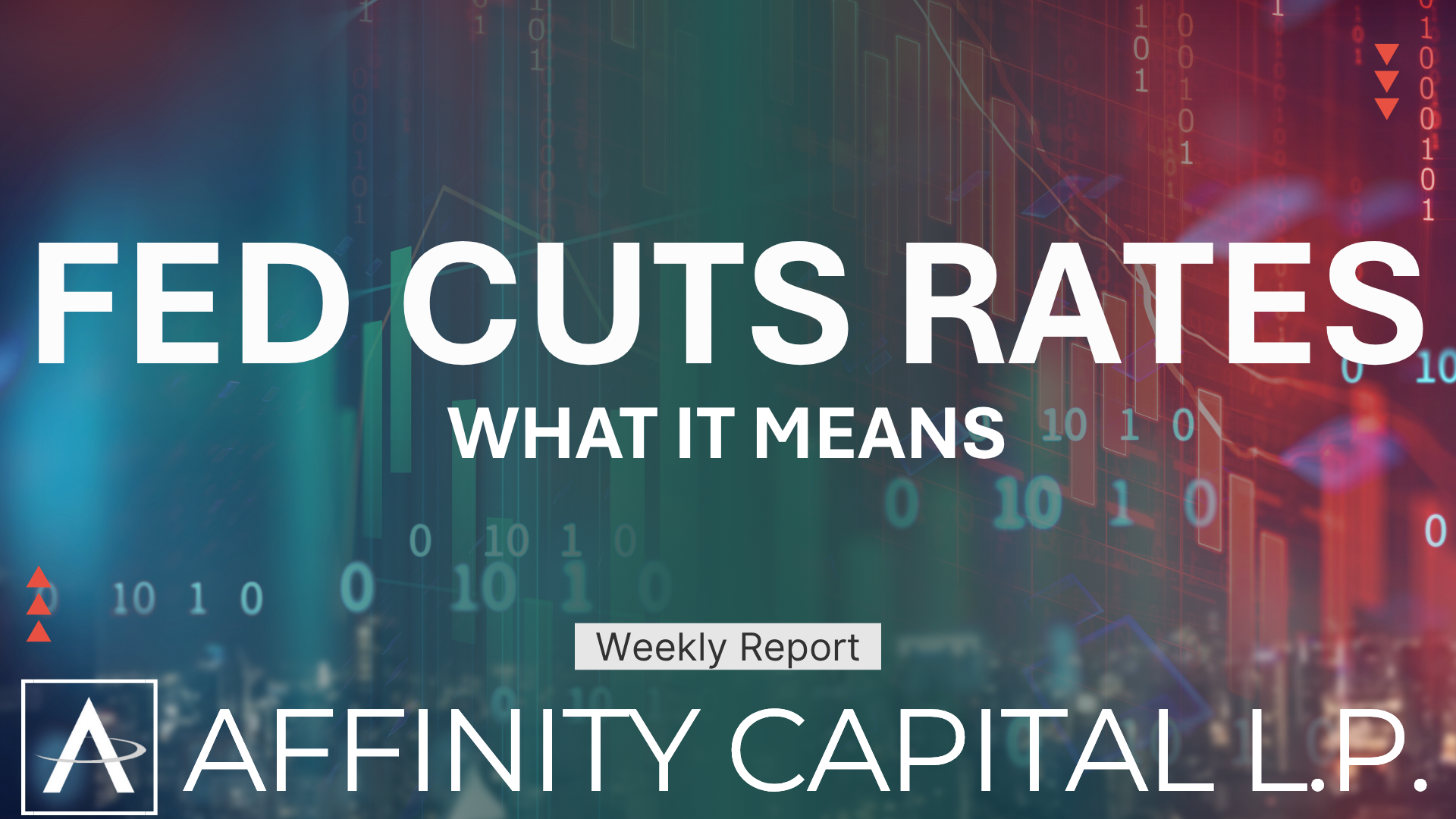Unveiling the Invisible: The Impact of Inflation on Stock Market Performance

As we navigate through the complexities of the financial markets, understanding the role of inflation in the stock market's performance is crucial for planning ahead. Inflation, by its nature, affects various facets of the economy, including the stock market. In 2023, we witnessed an inflation rate as measured by the Consumer Price Index (CPI) of 3.4%, which, although down from previous years, remained above the Federal Reserve's (Fed) target of 2%. This indicates a persistent inflationary pressure that has implications for the stock market and investors.
Inflation influences the stock market through its impact on interest rates, consumer purchasing power, and corporate profitability. Higher inflation typically leads to higher interest rates as the Fed aims to control inflation by making borrowing more expensive. This, in turn, can slow economic growth and reduce earnings expectations for companies, leading to lower stock prices. However, the relationship between inflation and stock market performance is not always straightforward.
Historically, equities have acted as a buffer against inflation, offering returns that outpace inflation over time. For instance, the S&P 500 Index has delivered a compound annual growth rate of 10.4% from 1926 through 2022, significantly outpacing the average inflation rate. This is because, in many cases, companies can pass on higher costs to consumers, preserving their profit margins. Yet, this ability varies across sectors and companies, and high inflation can squeeze those with less pricing power, impacting their stock performance.
The sweet spot for stock market earnings growth seems to occur when inflation ranges between 2%-4%, a range that supports healthy economic activity without putting undue pressure on costs and interest rates. As inflation moves beyond this range, the stock market faces headwinds. In periods of high inflation, growth stocks typically underperform compared to value stocks, as future earnings become less valuable when discounted at higher interest rates. Conversely, sectors like utilities or information technology might underperform in high inflation environments due to their negative correlation with inflation rates.
Looking ahead, the trajectory of inflation remains a pivotal concern for market participants. While the core Personal Consumption Expenditure (PCE) index, a measure favored by the Fed, showed a slight improvement by dropping below 3% by the end of 2023, inflation's "stickiness" suggests that the Fed might proceed cautiously with any adjustments to the federal funds rate. The anticipation of future rate cuts, as signaled by the Fed's policy stance, could influence stock market dynamics, potentially sparking optimism among investors.
In light of these factors, investors should remain vigilant and consider diversification to mitigate inflation-related risks. A balanced portfolio that includes assets with different inflation sensitivities can help manage the impact of inflation on investment returns. Equities, particularly in sectors with strong pricing power or those historically resilient to inflation, can still play a crucial role in protecting purchasing power over the long term.
As we move through 2024, the interplay between inflation, interest rates, and stock market performance will continue to be a key theme for investors. Staying informed about inflation trends and understanding their potential impacts on different sectors and asset classes will be essential for navigating the year ahead and positioning portfolios to capitalize on opportunities while managing risks.
Please feel free to reach out for further discussion or clarification on these matters. Thank you for the opportunity to serve you and your family and to collaborate with you for—Wealth Management for Life!



